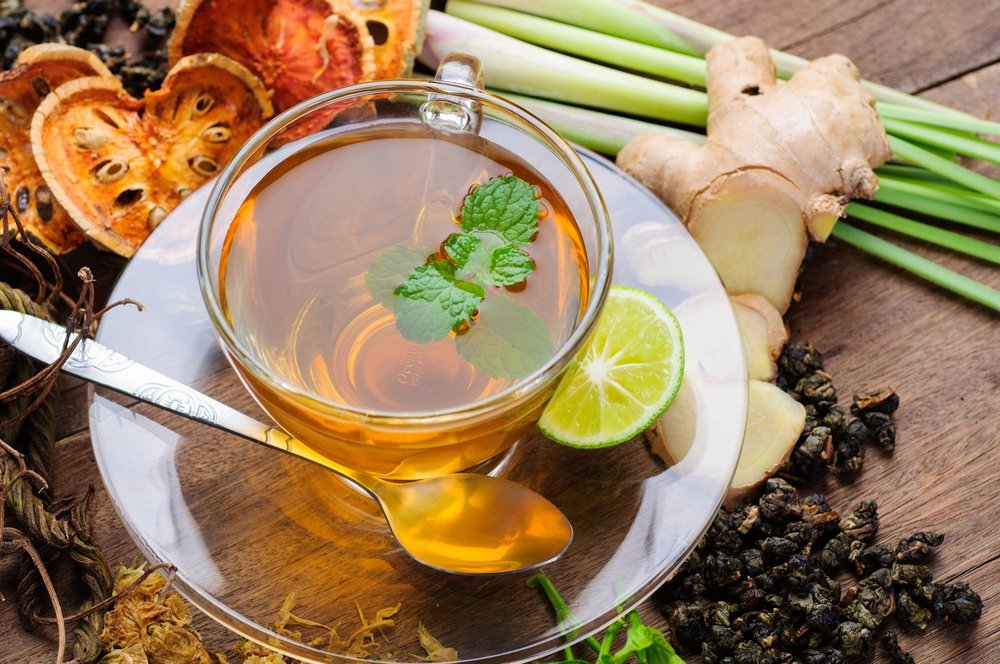Yogurt consists of beneficial bacteria, and they function as a probiotic and offer you various health benefits. Mostly, yogurt looks white and thick, but some companies use colors.
In this blog, you’ll know about various facts about curd, including curd calories, and curd health benefits:
Nutritional Facts of Curd
Do you know the amount of dahi calories? In the following list, you’ll come to know the nutrition and calories in one bowl of curd:
Calories in Homemade Dahi
Dahi is made from cow’s milk that offers 142 calories, and if you intake one tablespoon that means you are taking 17 calories. You are consuming about 7 percent of the total daily calorie, if you are intaking calories in curd 1 cup.
Do you know the amount of calories in curd in 100 grams of yogurt? Intake of 100 grams of curd will provide you 61 calories. If you are intaking curd made from cow’s milk that means it is protein and calcium-rich. Adults and kids love curd because of its soft and creamy texture. 61 curd calories are contained in 100 grams of Dahi, but you can intake even calories in curd 1 cup if you don’t want a large cup of curd.
- Protein
Apart from dahi calories, when it comes to protein, then the curd is a rich source of protein. One cup or approximately 245 grams of curd, which is made from whole milk packs about 8.5 grams of protein. The protein is higher in commercial curd than in milk because maybe dry milk powder is added to curd during the process of making curd.
- Fat
Fat content depends on the type of milk it is made from. However, curd can be made from any type of milk, whether it be whole, fat-free, or low-fat. Most of the fat in curd is saturated, but it consists of a fair amount of mono-saturated fat.
- Carbs
Carbs in Dahi occur mainly as simple sugar called galactose and lactose (milk sugar). But, the lactose or milk sugar in yogurt is lower than in milk. This is because of bacterial fermentation that results in lactose breakdown.
Once lactose is broken down, it creates galactose and glucose. The glucose substance converts to lactic acid and contributes the fermentation flavor to curd. Most curds contain some amount of added sweeteners usually sucrose. Plus, sugar in curd varies and may range from 4.7% to 18.6% or higher.
- Vitamin and Minerals
Despite calories in dahi, full-fat curd consists of every single nutrient that is required for your body. But, nutritional value can vary as per the type of curd. For instance, the nutritional value can depend on the bacteria type that is used in the fermentation process.
The following minerals and vitamins are found in high amount in high-quality curd that is made from whole milk:
Vitamin B12: Vitamin B12 can be found in animal products.
Phosphorus: Curd is a good source of phosphorus and it is an important mineral that is essential in biological processes.
Calcium: Milk product is a rich source of calcium.
Riboflavin: In the modern diet, milk product is the main source of riboflavin (vitamin B2).
Health Benefits of Curd
Now, you have an idea of the amount of Dahi calories and calories in homemade dahi as well. The number of calories may differ between calories in one bowl of curd and calories in homemade dahi.
If we talk about 100 grams of curd, then calories in dahi consist of 61 calories. On the other hand, when it comes to calories in homemade dahi, which is made from cow’s milk has 142 calories.
Basically, calorie count varies as per the type of milk used to set the curd. If the curd is made from full-fat milk, then calories in dahi will be in a high amount.
Now, it’s time to talk about the different health benefits of curd:
- Improves Digestive Health
Probiotic curd helps in providing you various digestive benefits and relieves stomach problems. Curd with probiotic helps in managing diarrhea. Despite this, probiotic yogurt can help in reducing symptoms of IBS and minimize constipation.
- Blood Pressure
One of the common risks for heart disease is high blood pressure. Studies show that daily intake of curd can lower blood pressure in people. So, if you are suffering from high blood pressure, then you can consume yogurt.
- Weight Loss
If you consume curd daily, then it can reduce 61% of body fat and 22% body weight as compared to following a low-calorie diet. If you want a flat belly and want to reduce weight, then consuming curd can be beneficial for you.
Side Effects of Curd
Apart from the above advantages of curd, there are some side effects of curd:
- As compared to milk, curd has less lactose because it breaks down into glucose and galactose. People with lactose intolerance can tolerate it.
- Milk allergy is common in children, but not in adults. People who are prone to milk allergy must avoid products made from milk.
- Low-fat with a high amount of sugar can lead to chronic diseases like heart problems and diabetes.
It’s Up to You!
Curd is delicious to taste, and its nutritional facts will amaze you. After reading this blog, you’ll know calories in curd, especially calories in one bowl of curd. If you are searching for calories in homemade dahi, even then, you can get your answer. For weight loss and other health benefits of dahi, curd calories matter a lot.



